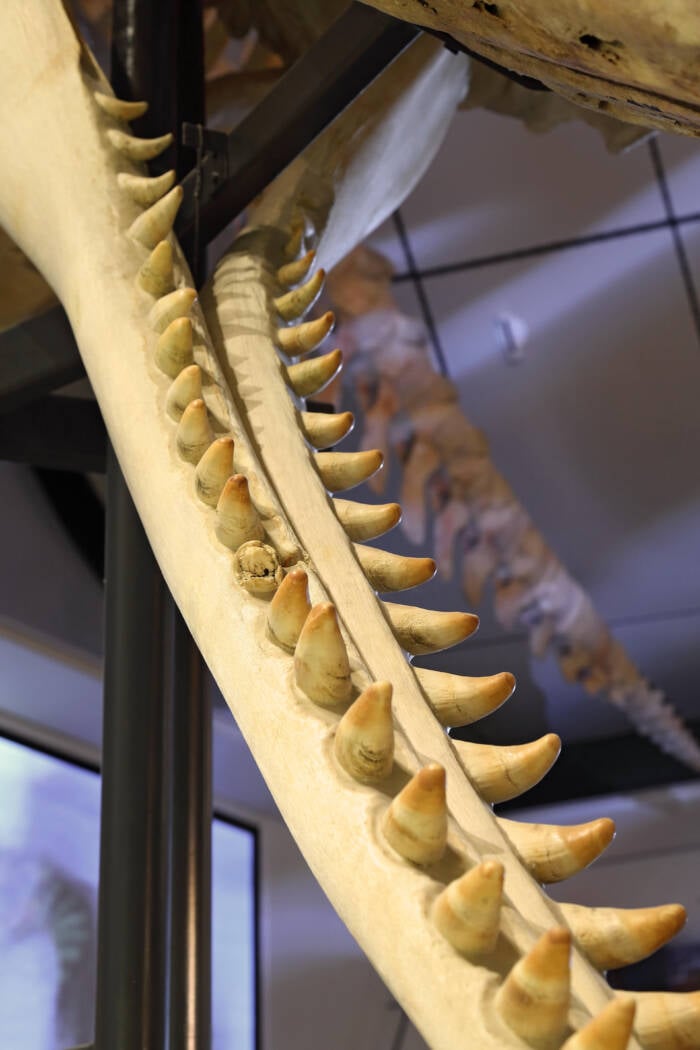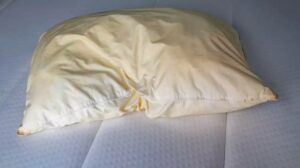Ancient Secrets Unearthed: Whale Bones Reveal Humanity’s Earliest Tool-Making Mystery

Vicki Beaver / Alamy Stock PhotoThe jawbone of a sperm whale at the Nantucket Whaling Museum in Massachusetts.
However, the researchers note, “this supposition remains speculative.”
What is certain is that prehistoric societies had multiple purposes for the whale bones that they acquired. Not only did they carve them into tools to hunt prey like reindeer and bison, but they used them as part of their diet. In addition to the bone tools, the researchers examined 90 bone fragments that were seemingly crushed to obtain the nutritious, fatty oil inside.
“The bone tools are the parts that leave archeological traces, but of course, a whale carcass yields many other resources and people would obviously use them as well, even if we have no direct evidence because they are not preserved at our sites,” Pétillon remarked.
In addition to the bone fragments, he and his colleagues also found fragments of whale barnacles, which suggests ancient people used the whale’s skin and meat. Pétillon also noted that traditional Arctic whalers use baleen whales to make “weaved baskets and mats, nets, weirs, fishing lines, and snares” as well as knives, blades, lashing strips, and drying racks, and “there is no reason why the Paleolithic people in Europe would not have done the same, even if the material is not preserved.”
All in all, the study of the whale bone tools proves that people have interacted with whales for tens of thousands of years. During the Stone Age, societies harvested natural resources from the world around them, from the deep forests inland to the sprawl of beaches along the coast.












